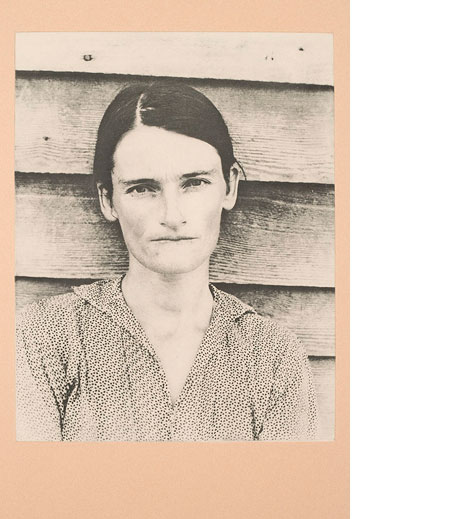
Sherrie Levine’s artistic practice is akin to identity theft. Problemetizing notions of originality and authorship, work such as "After Degas' (1995) blatantly replicates the Impressionist master’s iconic work, exhibiting it as her own. Sampled in the five prints that comprise Levine’s notable "Barcham Green Portfolio" (1989) are Kasimir Malevich’s "White on White" painting and Walker Evans’ famed Depression Era photograph of an Alabama sharecropper, reproduced with startling precision. Slyly inserting herself into the history of modernism, "Barcham Green #4" re-presents one of Levine’s early knot paintings, in which she fills in the elliptical whorls in plywood boards with gold paint.
Unlike such explicit copies, the appropriated work is less present in the four woodblock prints that make up "Meltdown: After Mondrian" (1989). In her own mode of rectilinear abstraction, Levine reduced paintings by Mondrian to their most basic color schemes in computer-generated, pixelated grids. While addressing the art historical past, Levine’s work is powerfully relevant in our current digital age, in which images are constantly shared, copied, recontextualized, and consumed.
